
仿拟话语的认知语用研究
当天发货正版书籍有问题请联系
¥ 11.97 3.2折 ¥ 38 全新
仅1件
北京通州
认证卖家担保交易快速发货售后保障
作者么孝颖 著
出版社国防工业出版社
出版时间2008-11
版次1
装帧平装
货号sY-73
上书时间2024-11-16
- 店主推荐
- 最新上架
商品详情
- 品相描述:全新
图书标准信息
- 作者 么孝颖 著
- 出版社 国防工业出版社
- 出版时间 2008-11
- 版次 1
- ISBN 9787118059922
- 定价 38.00元
- 装帧 平装
- 开本 32开
- 纸张 胶版纸
- 页数 322页
- 字数 271千字
- 【内容简介】
-
本书运用语用学和认知语言学的理论和观点对仿拟话语进行专题研究。全书共8章,以仿拟话语认知语用模式为出发点,对仿拟话语的生成过程即发话言行和示意言行进行了系统的认知语用分析,为仿拟话语研究提供了一个崭新的视角,同时也为二语/外语的话语教学提供了新的启示,对国内外从事语言学研究的专家学者具有一定的参考价值和借鉴作用。
本书可供英语教师、研究生、语言学研究者阅读,也可供广大英语学习者参考。 - 【作者简介】
- 么孝颖,女,博士,研究方向为认知语言学、语用学和社会语言学。现为上海电力学院直属外语系副教授。先后在外语类期刊上发表学术论文20余篇。
- 【目录】
-
Chapter 1 Introduction
1.1 The research topic
1.2 A cognitive and pragmatic approach
1.2.1 Linguistic outlook of cognitive linguistics
1.2.2 Pragmatic outlook on language and meaning
1.2.3 Common assumptions in a cognitive and pragmatic approach
1.3 Methodology and data
1.4 Organization of the book
Chapter 2 Previous Researches on Parodying Utterances
2.1 Rhetorical and pragmatic study of parody
2.1.1 The basic conceptual elements in the usage of parody
2.1.2 Classification of parody
2.1.3 Structure and features of parody
2.1.4 The pragmatic functions of parody
2.1.5 The pragmatic relationship between PGUs and PDUs
2.2 Text-linguistic study of parody
2.2.1 Bakhtin' s dialogic view of parody
2.2.2 Intertextual study of parody
2.3 Cognitive study of parody
2.3.1 Prototype and parody
2.3.2 Relevance theory and parody
2.3.3 Figure/Ground theory and parody
2.3.4 Mental space theory and parody
2.4 Summary
Chapter 3 A Cognitive and Pragmatic Framework for Parodying Utterance Study
3.1 Theoretical foundations
3.1.1 Speech act theory
3.1.2 Symbolic thesis
3.1.3 Conceptual blending theory
3.2 A proposed framework for parodying utterances analysis
3.2.1 Parodying utterances : speech acts
3.2.2 Classifying parodying utterances
3.2.3 Linguistic blending analysis of parodying utterances
3.2. d A cognitive and pragmatic framework for parodying utterance analysis
3.3 Specific illustrations to the framework
3.3.1 Locutionary act : linguistic blending analysis of parodying utterance
3.3.2 Illocutionary act : pragmatic analysis of parodying utterance
Chapter 4 Parodying Utterances with Similar C-SS and GLS
4.1 Linguistic blending operation
4.1.1 Blending characterization of Input 1
4.1.2 Blending characterization of Input 2
4.1.3 Blending of Input 1 and Input 2
4.2 Blending conditions
4.2.1 Similar conceptual structure
4.2.2 Pragmatic appropriateness
4.3 Blending principles
4.3.1 Maximized motivation for similarity in C-SS and GLS
4.3.2 Maximized motivation for conceptual-semantic coherence
4.3.3 Maximized mot
4.4.1 Radial and hierarchical distribution
4.4.2 Structural stability
4.4.3 Flexible expression
4.5 Pragmatic force of resulting parodying utterances
4.6 Summary
Chapter 5 Parodying Utterances with Shifted C-SS and GLS
5.1 Linguistic blending operation
5.1.1 Blending characterization of Input 1
5.1.2 Blending characterization of Input 2
5.1.3 Blending of Input 1 and Input 2
5.2 Blending conditions
5.2.1 A shifted frame
5.2.2 The similar conceptual structure
5.2.3 The same semantic field
5.3 Blending principles
5.3.1 Maximized motivation for similarity in C-SS and GLS
5.3.2 Maximized motivation for semantic coherence
5.3.3 Maximized motivation for pragmatic coherence
5.4 Features of resulting parodying utterances
5.4.1 Context-unique
5.4.2 Structural difference
5.4.3 Non-flexible expression
5.5 Pragmatic force of resulting parodying utterances
5.5.1 Colliding
5.5.2 Uneolliding
5.6 Summary
Chapter 6 Parodying Utterances with Similar PS
6.1 Linguistic blending operation
6.1.1 Blending characterization of Input 1
6.1.2 Blending characterization of Input 2
6.1.3 Blending of Input 1 and Input 2
6.2 Blending conditions
6.2.1 Correlated conceptual structure
6.2.2 Similar phonological structure
6.2.3 Pragmatic appropriateness
6.3 Blending principles
6.3.1 Maximized motivation for phonological similarity
6.3.2 Maximized motivation for pragmatic coherence
6.4 Features of resulting parodying utterances
6.4.1 Radial and hierarchical distribution
6.4.2 Stable phonological structure
6.4.3 Flexible expression
6.5 Pragmatic force of resulting parodying utterances
6.5.1 Colliding
6.5.2 Uneolliding
6.6 Summary
Chapter 7 Parodying Utterances with Similar GS
7.1 Linguistic blending operation
7.1.1 Blending characterization of Input 1
7.1.2 Blending characterization of Input 2
7.1.3 Blending of Input 1 and Input 2
7.2 Blending condition: borrowed conceptual element as a
parodied target
7.3 Blending principles
7.3.1 Maximized motivation for graphic similarity
7.3.2 Maximized motivation for pragmatic coherence
7.4 Features of resulting parodying words
7.4.1 Easy recognition
7.4.2 Embodying communicative intention
7.5 Pragmatic force of resulting parodying utterances
7.5.1 Pragmatic force in a marked way
7.5.2 Compatible pragmatic force
7.6 Summary
Chapter 8 Conclusion
8.1 Major findings
8.2 Implications
8.3 Suggestions for future research
Bibliography
点击展开
点击收起
相关推荐
— 没有更多了 —


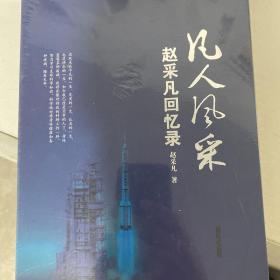









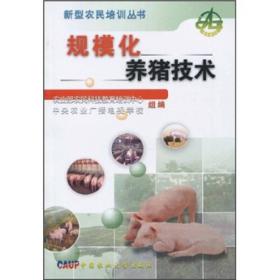

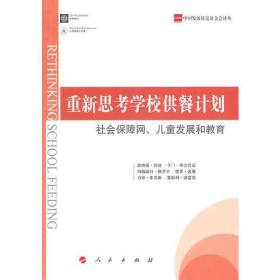
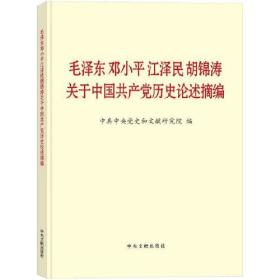

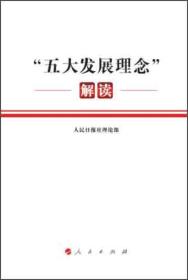
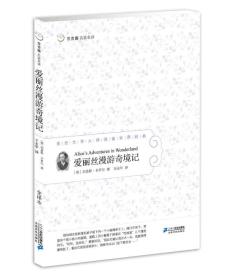
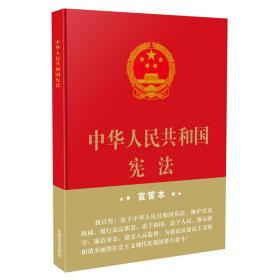










以下为对购买帮助不大的评价